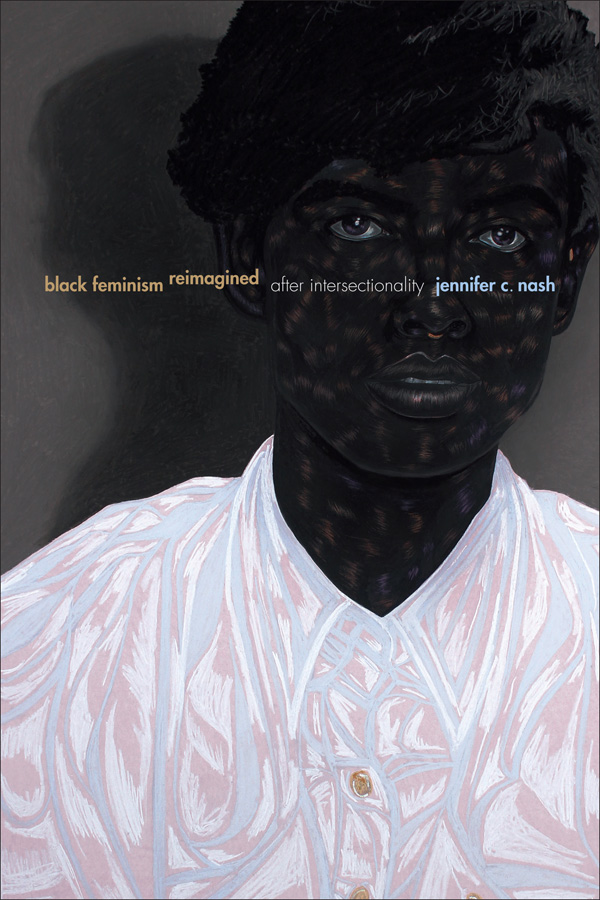
Posted on 11/10/2020
Dr. Jennifer Nash (Duke University) presented her book, Black Feminism Reimagined After
Intersectionality to WGSS students and faculty in a private book talk on October 16th. The talk
was organized by Dr. Tara Green, the Linda Arnold Carlisle Distinguished
Professor in WGSS, and moderated by Dr. Danielle Bouchard, Associate Professor and WGSS Graduate Director.
Black Feminism Reimagined centers the travels of intersectionality, a legal concept
created by Kimberlé Crenshaw that referred to the comingling of race and gender discrimination. Nash sees the term moving away from its
original purpose and the intellectual labor that birthed the concept.
Intersectionality has come to represent a “dense set of feminist desires” serving as the
remedy for feminism’s problems and at the same time a poison for the unamended feminism that
some cling to nostalgically. The use of the term today often places Black women as the saviors of the United
States, making them into physical representations of intersectionality in ways that are incredibly
problematic as they necessitate the labor and suffering of Black women as Intersectionality’s
Messiahs.
Nash explored the growing popularity of intersectionality and suggested that it becomes a shallow concept when it is divorced from academic work and critical Black
feminist thought. Thinking through t-shirt slogans, corporate diversity initiatives, and the
academy, Nash’s Black Feminism Reimagined points to some of the essentialist discourse that has risen in its wake.
 Nash’s short lecture was followed by a Question and Answer session in which faculty and
Nash’s short lecture was followed by a Question and Answer session in which faculty and
students thought through intersectionality, asked questions about the book, and Dr. Nash’s
background and perspective. We are grateful for Dr. Nash’s thought-provoking presentation and enjoyed the riveting discussion about the potential of intersectionality and its downfalls as it
enters the sphere of pop culture, journalism, academic administration, and public life.